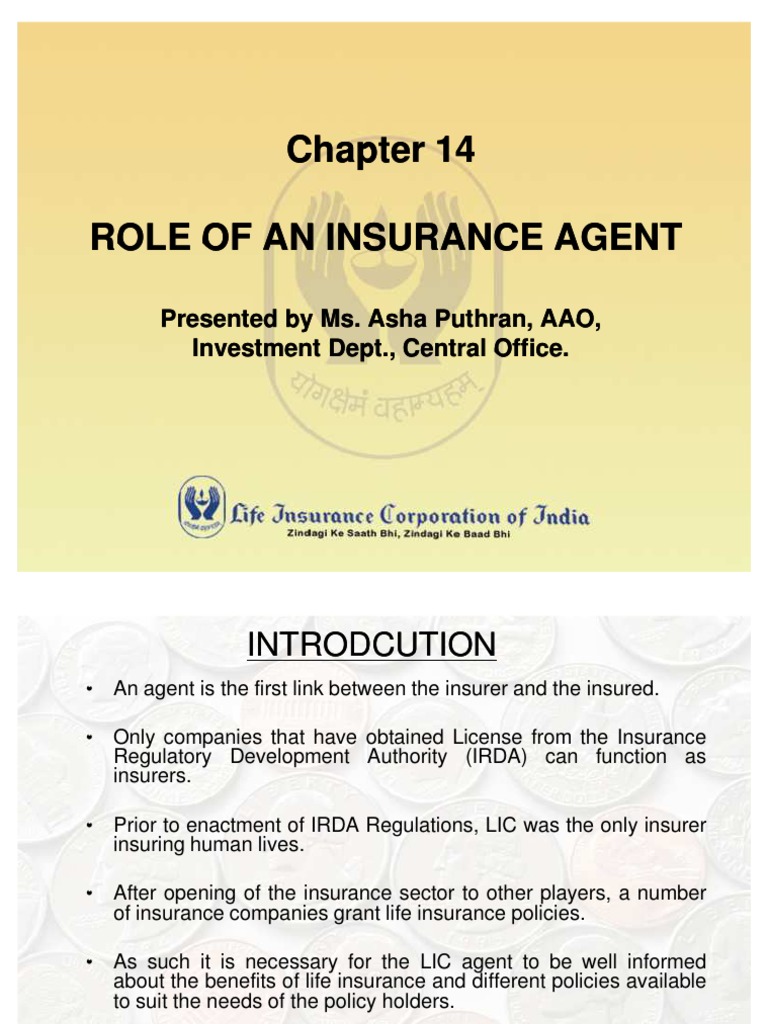The Basic Principles Of Pacific Prime
The Basic Principles Of Pacific Prime
Blog Article
The Pacific Prime Statements
Table of ContentsGetting The Pacific Prime To WorkFacts About Pacific Prime UncoveredThe Of Pacific PrimePacific Prime Things To Know Before You BuyPacific Prime Can Be Fun For Everyone

This is since the data were gathered for a period of strong financial efficiency. Of the approximated 42 million people who were without insurance, all however about 420,000 (regarding 1 percent) were under 65 years of age, the age at which most Americans come to be eligible for Medicare; 32 million were adults between ages 18 and 65, around 19 percent of all grownups in this age; and 10 million were kids under 18 years old, about 13.9 percent of all youngsters (Mills, 2000).
These estimates of the number of persons uninsured are generated from the annual March Supplement to the Present Population Study (CPS), performed by the Census Bureau. Unless otherwise noted, national quotes of individuals without medical insurance and proportions of the population with various type of insurance coverage are based upon the CPS, one of the most commonly used resource of estimates of insurance coverage and uninsurance rates.
Top Guidelines Of Pacific Prime

Still, the CPS is specifically valuable due to the fact that it generates annual estimates relatively rapidly, reporting the previous year's insurance protection estimates each September, and due to the fact that it is the basis for a regular set of price quotes for greater than twenty years, enabling for analysis of trends in coverage with time. For these factors, in addition to the considerable usage of the CPS in other research studies of insurance policy coverage that are presented in this record, we count on CPS quotes, with constraints noted.

The estimate of the number of uninsured individuals broadens when a populace's insurance condition is tracked for a number of years. Over a three-year duration beginning early in 1993, 72 million individuals, 29 percent of the united state populace, lacked insurance coverage for at the very least one month. Within a single year (1994 ), 53 million people experienced at the very least a month without coverage (Bennefield, 1998a)
6 out of every 10 without insurance grownups are themselves used. Although functioning does enhance the possibility that and one's relative will have insurance policy, it is not an assurance. Also members of families with 2 full-time wage income earners have virtually a one-in-ten possibility of being uninsured (9.1 percent without insurance rate) (Hoffman and Pohl, 2000).
The Buzz on Pacific Prime
New immigrants account for a substantial percentage of individuals without medical insurance. One evaluation has connected a significant part of the current growth in the size of the U.S. without insurance population to immigrants that showed up in the country in between 1994 and 1998 (Camarota and Edwards, 2000). Current immigrants (those that concerned the USA within the past four years) do have a high rate of being without insurance (46 percent), yet they and their kids make up just 6 percent of those without insurance coverage across the country (Holahan et al., 2001).
The relationship between medical insurance and accessibility to care is well established, as documented later in this chapter. The relationship in between health and wellness insurance policy and health outcomes is see this website neither direct nor straightforward, a comprehensive medical and wellness services research literary works web links health insurance policy protection to enhanced accessibility to care, far better quality, and boosted personal and populace health and wellness condition.
Levels of evaluation for examining the effects of uninsurance. It concentrates especially on those without any kind of health insurance coverage for any length of time.
Everything about Pacific Prime
The problems dealt with by the underinsured are in some areas similar to those encountered by the without insurance, although they are typically less severe. Wellness insurance policy, nonetheless, is neither essential neither adequate to gain accessibility to clinical services. The independent and straight impact of wellness insurance protection on accessibility to wellness solutions is well established.
Others will certainly acquire the health treatment they need also without medical insurance, by paying for it out of pocket or seeking it from providers that use care cost-free or at extremely subsidized rates. For still others, medical insurance alone does not guarantee invoice of care due to the fact that of various other nonfinancial barriers, such as an absence of health and wellness treatment suppliers in their community, minimal access to transport, illiteracy, or etymological and cultural distinctions.
Unknown Facts About Pacific Prime
Formal research regarding uninsured populations in the United States dates to the late 1920s and very early 1930s when the Committee on the Price of Treatment created a series of reports concerning financing physician office visits and hospitalizations. This problem came to be salient as the numbers of medically indigent climbed during the Great Depression.
Report this page